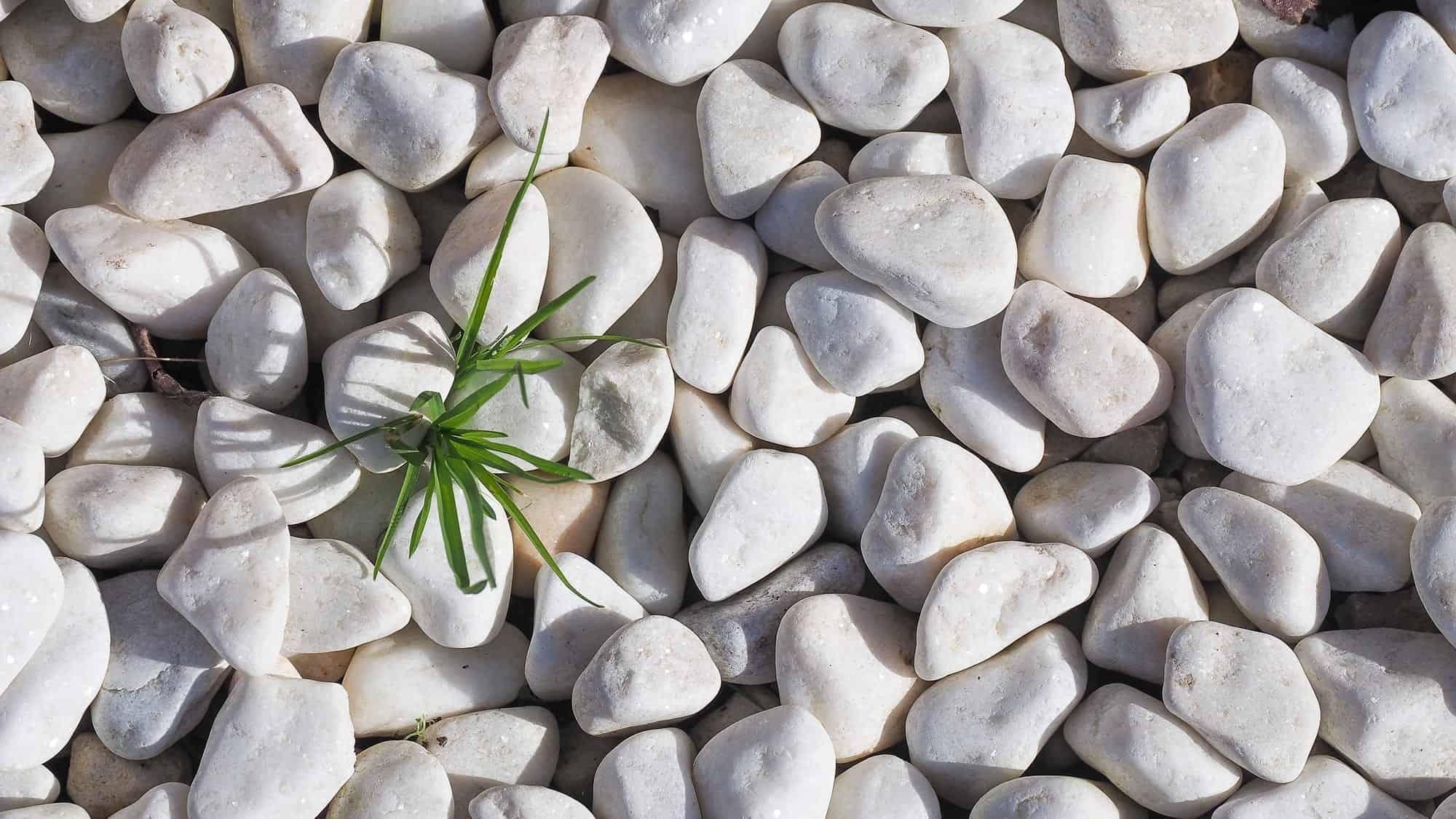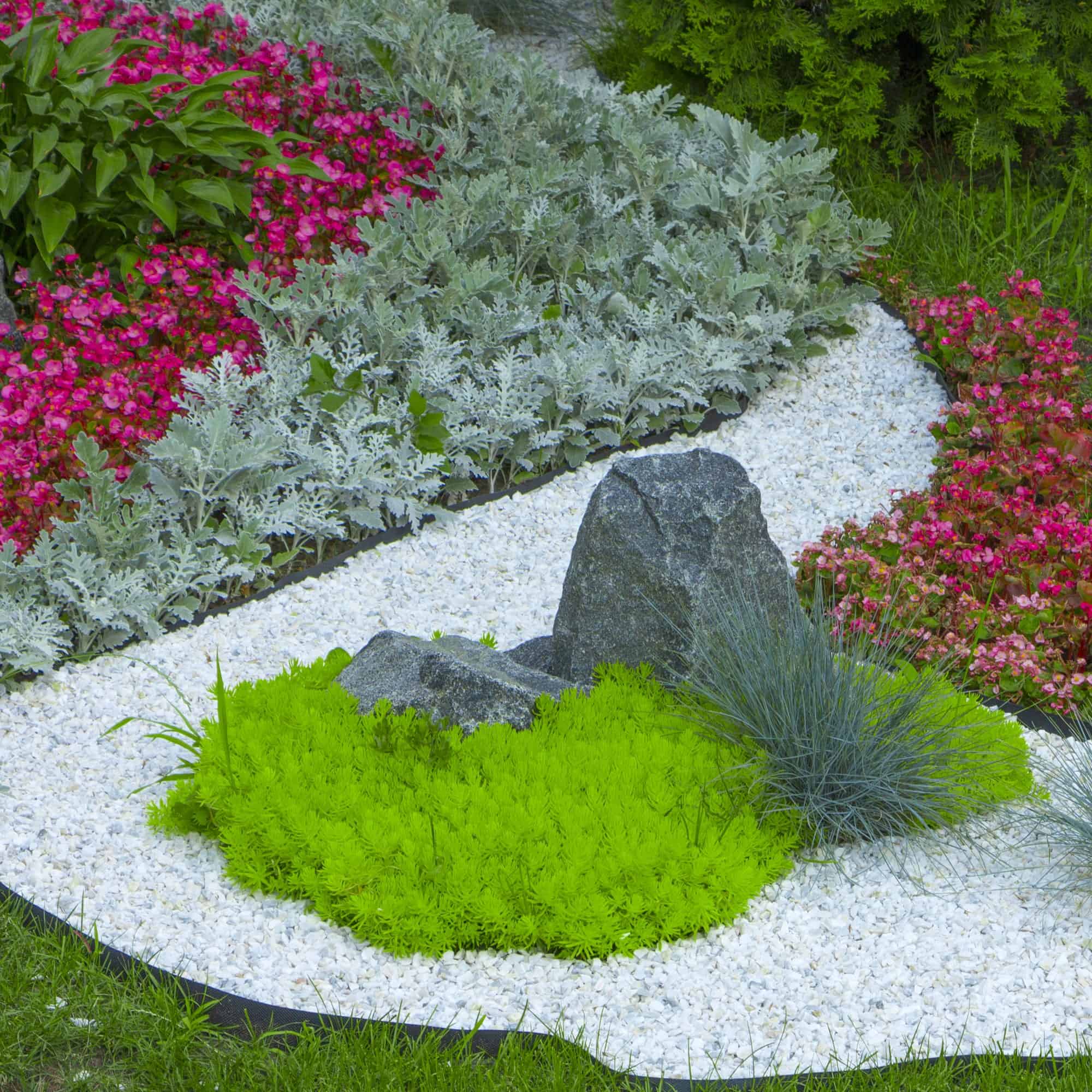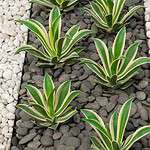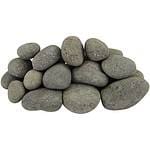
How to Use White Pebbles in Your Yard
It can be overwhelming to choose the best pebbles for your landscaping needs. River rocks, gravel, and stones come in all shapes and sizes, not to mention colors and patterns.
This is one of the things that makes them so versatile, but on the other hand- there are so many beautiful colors.
One color that tends to stand out is white, such as the White Caribbean Beach Pebbles. These small/medium pebbles are smooth to the touch and display a soft, whitish-grey hue that remains natural without being too overdone.
It’s a lovely stone, but some may wonder how to incorporate white into their very green landscape.
In this blog post, we share some of our favorite ways to use white landscaping stones.
Cover Exposed Tree Roots
White pebbles are the perfect contrast to red mulch or a neutral brown tree trunk. If you have trees with exposed roots, it can take away from the curb appeal, making your landscape design look disorderly.
By applying a layer of white pebbles around the base of the tree, you create clean lines that distinguish your trees from the surrounding plants. But best of all, the roots are completely covered from view.
Reflects Light on Shaded Plants
One of the biggest benefits of using white landscaping stones or gravel is that the white color reflects sunlight in all directions.

Therefore, if you have plants in the shade, by layering white gravel instead of mulch, you can help them get more sun exposure that’s needed for growth.
Be careful not to put too many stones down near plants that are in the path of direct sunlight, as this can cause them to burn from too much exposure.
Build a Meandering Pebble Garden Pathway
Another creative way to make your garden stand out with white pebbles is to use them as the base for a garden pathway.
The white stones are easier to see at night, making them a safety guide when guests are walking across your yard in the darkness.
The distinct white color is also attractive without sacrificing that subtle natural touch. And, you still get the benefits of light reflection that feeds plants that extra dose of vitamin D.






Leave a Reply